
Spirulina is grown in villages as a micro algae supplements around the globe.
Spirulina as a microalgae supplement contains many healthful micro nutrients – vitamins, minerals and complete proteins, including essential amino acids. It has been proven to cure eye problems in people lacking Vitamin A due to being a rich source of beta carotene. Some facts:

- Consuming 1 cup of Spirulina is sufficient to give 13 percent of vitamin A required by an adult on a daily basis.
- One cup of Spirulina contains 19 percent of vitamin C of an adult’s daily requirement.
- Other vitamins identified from Spirulina are vitamin B1, B2, B6 and B9.
- Dried Spirulina is composed of approximately 60% protein. A 112g serving of good quality spirulina offers about 64g of protein, a considerably very high value.
- The protein and B-vitamin complex nutritional benefits in Spirulina improve an infant’s diet considerably.
- It is rich in essential GLA fatty acids which improve hormonal balance, and Spirulina is the only other food origin besides mother’s milk.
- Consuming spirulina as whole food or micro algae supplements you can reap the healthy benefits of several minerals like calcium, iron, potassium, magnesium, phosphorous, selenium and chromium. Iron anemia, the most common mineral deficiency can be eliminated by one tablespoon a day.
- Ingesting spirulina improves a diet lacking proper vitamins and minerals, and also children’s physical well-being and mental development.
Spirulina is a highly digestible protein food for people who suffer from malnutrition and whose intestinal systems cannot absorb nutrients effectively. Clinical research shows how micro algae supplements restores healthy intestinal flora and makes the immune system stronger. Spirulina thrive in open ponds and develop naturally in tropical and subtropical lakes.
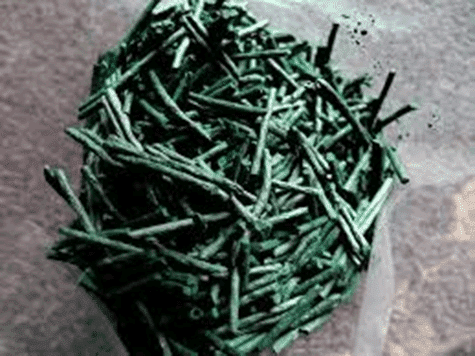
Many enterprises have organized farm cooperatives in small villages around the world since this method of cultivating spirulina as a micro algae supplements requires low monetary investment and low technology. Many programs over the past 30 years have been growing spirulina to feed the people locally in Africa, Asia, and South America.
Here is a summary of the groundbreaking projects and models from the various projects in Africa and Asia now. Ripley and Denise Fox of France created the non-profit Association Pour Combattre la Malnutrition par Algoculture (ACMA) to help establish and develop the Integrated Health and Energy System in a remote village in Northern Togo from 1984-1989. Properly handled through sanitation and waste treatment, recycled wastes in the villages were used to cultivate spirulina.
Spirulina produced from one 100 square meter pond supplemented the diet of 100 children daily. Power generated from solar panels churned the pond paddle wheels. After pouring the pond water through a screen, the algae became a thick paste to be dried in a solar heated dryer. Then the local health clinic distributed the dried spirulina as a micro algae supplements to malnourished children. Just one tablespoon mixed with water produced exceptional results within a week.
Burkina Faso has nine spirulina microfarms or more today.
The first algae micro farm in the country of Burkina Faso (spirulineburkina.org) got underway in in the town of Koudougou in 1999 under the patronage of the Catholic Organization for Development and Solidarity (OCADES). The three main purposes were to
1) supply a percentage to the health clinics of the Diocese (CREN- Centre de Récupération Nutritionelle) and other health centers in Burkina with spirulina to fight malnutrition,
2) sell remaining stock quantities commercially to offset production costs while offering the community at large a nutritious food micro algae supplements at low cost,
3) create jobs at the farm to combat unemployment in Koudougou. Since 2001 with the remarkable achievement of the Spirulina farm in Koudougou, the Burkina Government participated in another large project, the Nayalgué farm, in cooperation with the diocese of Koudougou and the French NGO TECHNAP. Nayalgué, means in Mòoré language “that which expands”.
This algae microfarm is 3600 square meters and has the ability to produce approximately 8 tons a year. Over production on this large farm lead to the local market in exporting spirulina to France in particular. The need right now is to increase export supplies to help finance its humanitarian operation (45% of production is given or sold at humanitarian prices), and become fair-trade certified. Nayalgué strives to be a model farm in Africa, successfully operated by locals and working to be self-financing and open to those who wish to study its thriving program.
The advantages of spirulina As a microalgae supplement in fighting the war against malnutrition:
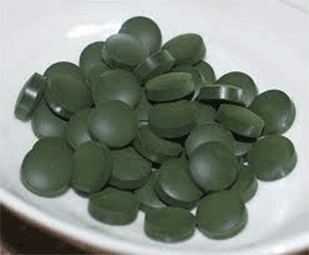
- EFFECTIVENESS: it only takes about 4 to 6 weeks of 1 to 3 grams of spirulina per day to improve the health of a malnourished child.
- STABILITY: spirulina is cultivated and dispensed locally, to lessen the risk of relying on imported food supplements. Self-sufficiency continues to be the main objective.
- FINANCIAL VALUE: the construction and installation of ponds or tanks costs between 10 and 20€ per square meter. Each square meter of the pool produces 2 kg of dried spirulina per year and provides for the treatment of 20 children in need. A basic pond of 200 square meters guarantees that 1500 children per year will receive a nutritional diet.
- ECOSYSTEM: spirulina requires less land and water than traditional agricultural products, and contains beneficial micronutrients and protein.
The results of spirulina cultivation:
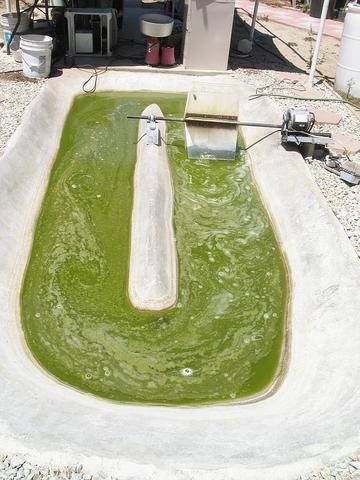
- CULTIVATION: 18 spirulina production farms have been created in 11 countries in Asia and in Africa. In 2010 over five tons of spirulina were cultivated.
- RECIPIENTS: as humanitarian relief, among 13’000 malnourished children in Africa of the over 80’000 children have benefited from spirulina cultivated by these units.
- COMMERCIAL GROWTH: in Africa and in Asia around one hundred jobs were generated by the production of spirulina, in addition to which local communities profited by its distribution and sales.
Antenna calculates the installation costs of ponds between $15 and $30 per square meter, and a 200 square meter pond can produce sufficient crops of spirulina to benefit around 1200 children per year.
It will sustain a viable food supply network and also provide local jobs and income, particularly for women. There are spirulina farms in Burkina Faso, Cambodia, Laos, Madagascar, Mali, Mauritania, Niger, Central African Republic and India, and today eight of these microfarms are self-sustaining.
In Cambodia, local families grow mushrooms and vegetables on farms near Angkor Wat and Phnom-Penh. In Mali, students are receiving on-the-job training on farms in spirulina and bee keeping. To meet the strong demand of micro algae supplements a producer in Togo is spreading his farm from 100 to 600 square meters. Spirulina will be dispensed to poor children at nutrition houses.
You also be interested in...
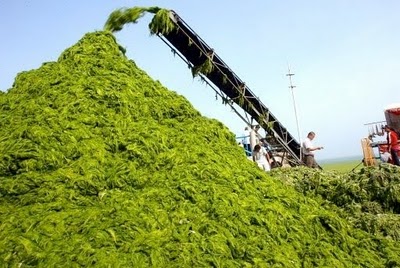
Algae Animal Feed
Most algae have a natural high protein content while a high oil content is mostly achieved though manipulation of cultivation conditions. Read More
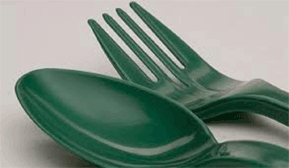
Algae Bioplastics
“The day where we hit 95 dollars a barrel I think all of a sudden you’re going to see algae bio-plastics basically explode,” That day has come...Read More

Algae in Aquaculture
From fish farms to fish food, algae aquaculture is booming. With the rising price of fish food many aquaculturists are growing their own...Read More
The Algae Revolution Has Begun
"You have demonstrated this is not complex. We can do this."
Dear David,
I am a small farmer that is suffering from the Economic downturn and would not have had the finances to afford it at this time. I believe your work in research on algae and your willingness to share with us maybe at the center of new world wide wealth for the under privileged. The greatest aspect of your work is the empowering of the little people. You’re making us aware we have other choices, we will no longer in bondage the big energy companies. You have demonstrated this is not complex. We can do this.
Oregon, USA




